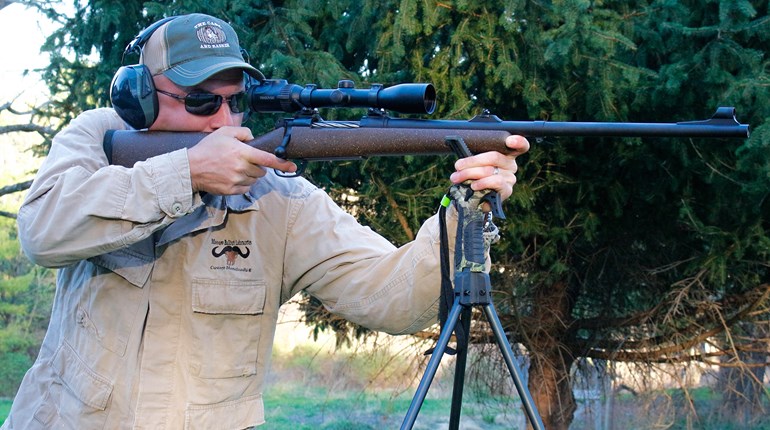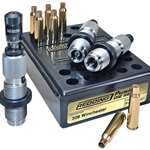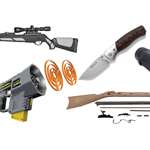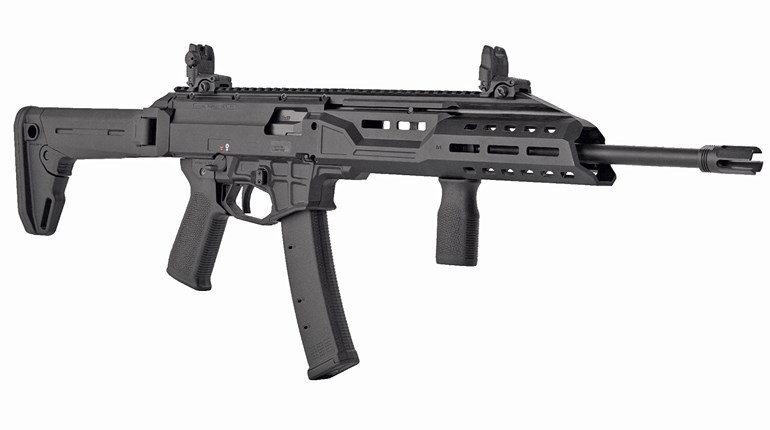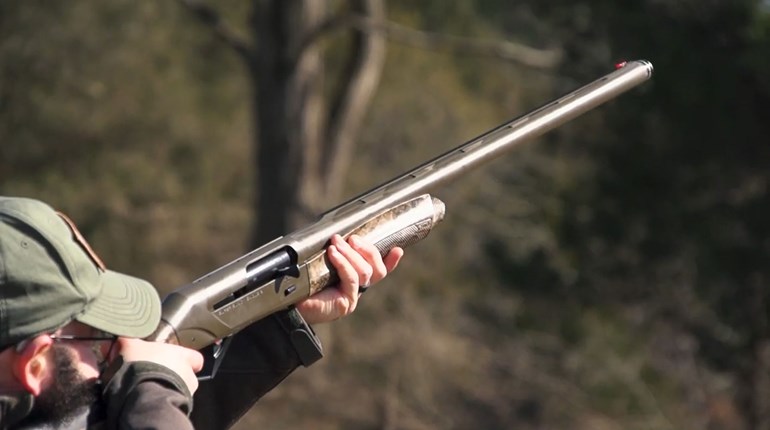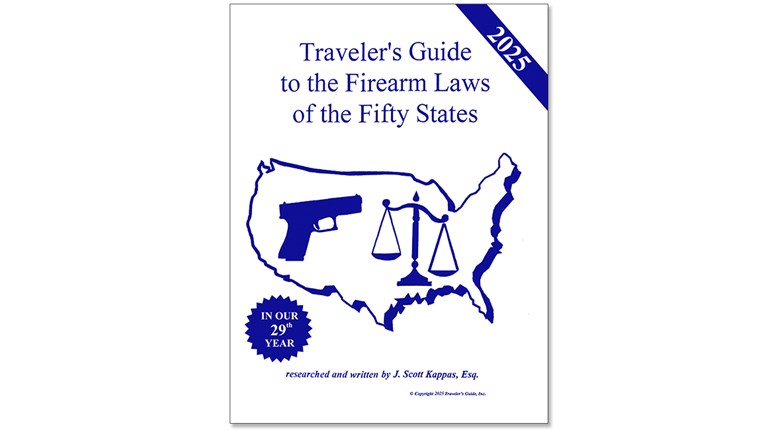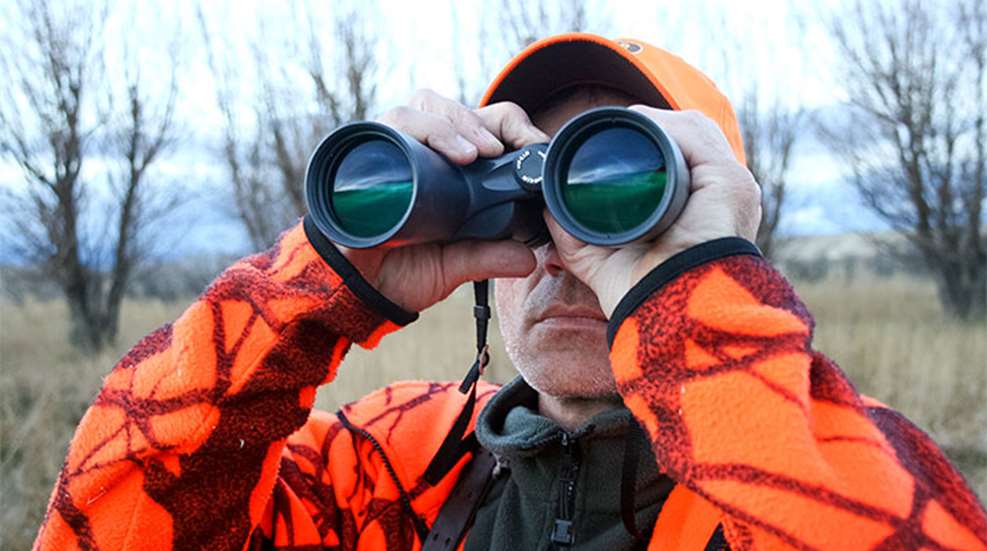
Like most hunters, I owned a binocular years before I learned how to use it. My mistake, a common one, was keeping the 7x35mm unit in a handsome, protective case, then digging it out when I saw something worth glassing. That was about as efficient as carrying my rifle in a case until I saw the buck I wanted to shoot.
So, I began studying Binocular 101 at the school of hard knocks, and here's what I've learned.
First, I didn’t have the eyepieces balanced. Many folks have better vision in one eye than the other. To compensate and make the binocular produce a sharp image for both eyes simultaneously, you must adjust the diopter on one to match the precise focus of the other. Do this by covering the objective lens of the barrel that has the diopter adjustment (usually the right side) and focusing on a sharp-edged object about 50 yards away while looking through the uncovered barrel. Next, switch sides but don’t touch the focus wheel. Instead use the diopter wheel to focus. Voilà. Can’t find the diopter wheel? Look for an extra ring on the eyepiece or focus wheel. From here on out, the regular focus wheel will adjust both eyepieces sharply for your vision. Unless your vision changes, you won’t need to do this again.
With that done, your next job is to ditch any carrying case and objective lens covers that came with the device. While effective protection, these are a hindrance in the field. You often need to whip a binocular into action dozens of times an hour. Get in the habit of looking at everything with your “superman vision,” especially any new habitat that opens before you. Good hunters will often take two steps and glass everything, then take two or three more and glass again. A single step can expose a nose or an antler. The idea is to spot game before it’s staring at you or running away.
Do keep some kind of easy-on, easy-off cover over the eyepiece lenses. These are sitting under your chin like a napkin ready to catch every nose drip and crumb that falls. The slightest drop or smear on the eyepiece lens shows up dramatically in your view. A similar obstruction on an objective lens doesn’t even register.
Eyepiece lens covers should fit securely, yet flip or pop off easily. Hard-to-remove covers will only slow you down and discourage you from using the binocular as often as you should.
Next, if you are using a neck strap, shorten it. A long strap lets the binocular bounce against your Rodeo Champ belt buckle, subjecting the binocular to blunt force trauma with every step. Shorten that strap until the binocular rides on your chest. This minimizes bounce and movement as it keeps the device much nearer your eyes. And if you have to crawl, the short-strap binocular isn’t going to drag through the mud.
Another option is a chest-harness rig. Though I’ve personally found the extra straps restricting over or under a shirt or coat, and the boxy, nylon cases that accompany them a bit noisy, that doesn’t mean they don’t work well for others. If you choose to go this route, look for a simple system with a chest pouch made from quiet materials, one that provides quick, flip-top access.
Keep lenses clean. Dust adds a veiling layer that decreases image quality. Oils and even water droplets can etch some lens coatings or leave a hard-to-remove mineral ring, so it’s good practice to clean several times a day if necessary. A micro-fiber cloth works well. A soft bristle brush is perfect for whisking away any larger dust particles.
Here’s a good cleaning regimen:
1. Tip the lenses down to shake off any large debris.
2. Brush or blow lightly in this position to further shake off larger particles.
3. If smears are evident, moisten the surface with a lens cleaner, your breath, pure water or—as a last resort—spit, and mop it up quickly. The liquid is just there to lubricate the fouling and make it easier to soak up.
“Soak up” is the thing to remember. You don’t want to grind hard materials into the lens coatings. You want to lift and absorb them off the surface. Use a clean microfiber cloth or lens tissue. Toilet paper, sleeves and gloves are not good lens cleaners. You can get by with a facial tissue if it isn’t treated with lanolin and other emollients. Absorb. Don’t push and grind.
Remove oils, water droplets and stains at the end of each day, and certainly before storing the binocular for long periods.













